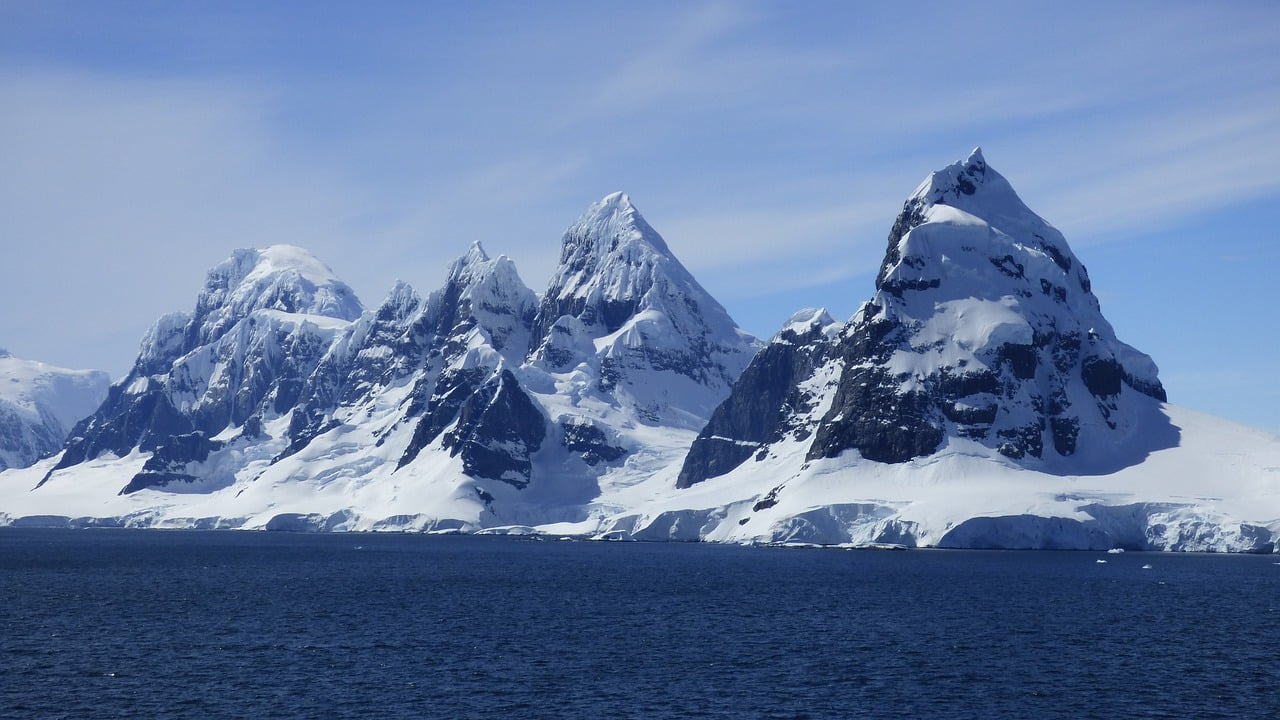Antarctica is going through a tough time. The melting ice due to human-induced global warming, which impacts the temperatures in the world’s oceans, has caused the Antarctic ice shelves to start melting. However, a new study conducted by NASA sheds light on what’s happening at the North Pole, where global warming can cause the Arctic permafrost to become a vast source of carbon for the atmosphere in the coming decades.
The scientists who participated in the study expect a transition to occur in the next 40 to 60 years. By 2300, the complete carbon emission from that region is expected to be 10 times higher than all human-produced fossil fuel emissions in 2016.
Nevertheless, according to scientists, the permafrost regions that are located in the south will probably not become a source of carbon until the end of the 22nd century. The authors of the study published in the journal Cryosphere believe that this is happening because there are other altering processes in the Arctic region that are going to impact the thawing there.
“Some of the very cold, stable permafrost in the highest latitudes in Alaska and Siberia appeared to be sheltered from extreme climate change, and we didn’t expect much impact over the next couple hundred years,” said the study’s lead scientist, Nicholas Parazoo of NASA’s Jet Propulsion Laboratory, in a statement. “Permafrost in southern Alaska and southern Siberia is already thawing, so it’s obviously more vulnerable,”
Permafrost is actually frozen soil located under topsoil. Its capabilities allow it to store carbon, peat, and methane. It contains a lot of carbon-rich organic materials, such as leaves that don’t decay when they are frozen. However, as the alarming temperatures in the Arctic region keep rising, the permafrost is being melted. The organic material starts decomposing, and in the process, it releases carbon in the atmosphere.
Parazoo and his colleagues collected data on soil temperatures in Alaska and Siberia from the University of Alaska, Fairbanks and a numerical model from the National Center for Atmospheric Research in Boulder Colorado. The numerical model is calculating the changes that occur in carbon emissions as plants grow.
During the study, researchers determined at what time the Arctic region will become a major source of carbon. They divided the Arctic into two equally-sized regions: a colder northern region and a warmer southern region and a belt which circles the northern region.
They discovered that the transition in the southern Arctic area was slower, as they noted increased plant growth earlier then they’d expect. Plants are known for their ability to remove carbon dioxide from the air during the process of photosynthesis. Thus, the more plants there are, the less carbon is expected in the atmosphere. According to the paper, while the southern Arctic will get warmer, the plants that produce more oxygen through photosynthesis will balance the increased permafrost emissions by 2100.
On the other hand, there is much more permafrost contained in the northern region of the Arctic. After the researchers conducted their model simulations, they found that northern permafrost lost roughly 5 times more carbon per century than the southern permafrost.





